On January 9, 2014, 300,000 people in and around Charleston, West Virginia, woke up to a licorice-like odor emanating from their tap water. Thousands of gallons of coal-processing chemicals had spilled into the Elk River, plunging nine counties into a state of emergency. Health officials issued warnings against drinking, cooking with or bathing in the water.
Government leaders were slow to react, but the community leapt into action, organizing bottled water deliveries, testing the drinking water and holding the industry and government accountable. Among those leading the charge was MRBF grantee partner the West Virginia Community Development Hub, a statewide organization that helps communities develop economic opportunities, create local food systems, protect the environment, preserve historic districts and promote civic engagement.
In this video, Stephanie Tyree, the Hub’s Director of Community Engagement and Policy, describes the aftermath of the chemical spill and the response of empowered residents.
